Thessaloniki gets ready for its metro launch in November
The underground rapid transit lines have been under construction for almost two decades due to various project delays
 TheMayor.EU logo
TheMayor.EU logo For the moments you want a break from the usual Jingle Bells merriment
Eggnog, decked Christmas trees, mulled wine, mistletoe, silly sweaters, carols and Santa Claus. No other holiday is so loaded with its own accessories and symbols and no other holiday has such power and influence on people’s emotions and imaginations that it virtually spills over three official days to virtually take over the entire month of December.
For many people that’s bliss, for others – it gets a bit too much. Whatever the case may be for you and whichever group you consider yourself a part of, this compilation is sure to be of interest to you.
We dug around to uncover some of the more unusual and strange Christmas traditions that exist in European countries. After all, that’s what we love about this continent – it’s so diverse in customs and cultures that there is always that you may find surprising and novel even if you live in a neighbouring country.
So, without further ado, here are some Christmas traditions that will leave you astounded or intrigued and show you that you haven’t seen it all when it comes to good old Yuletide.
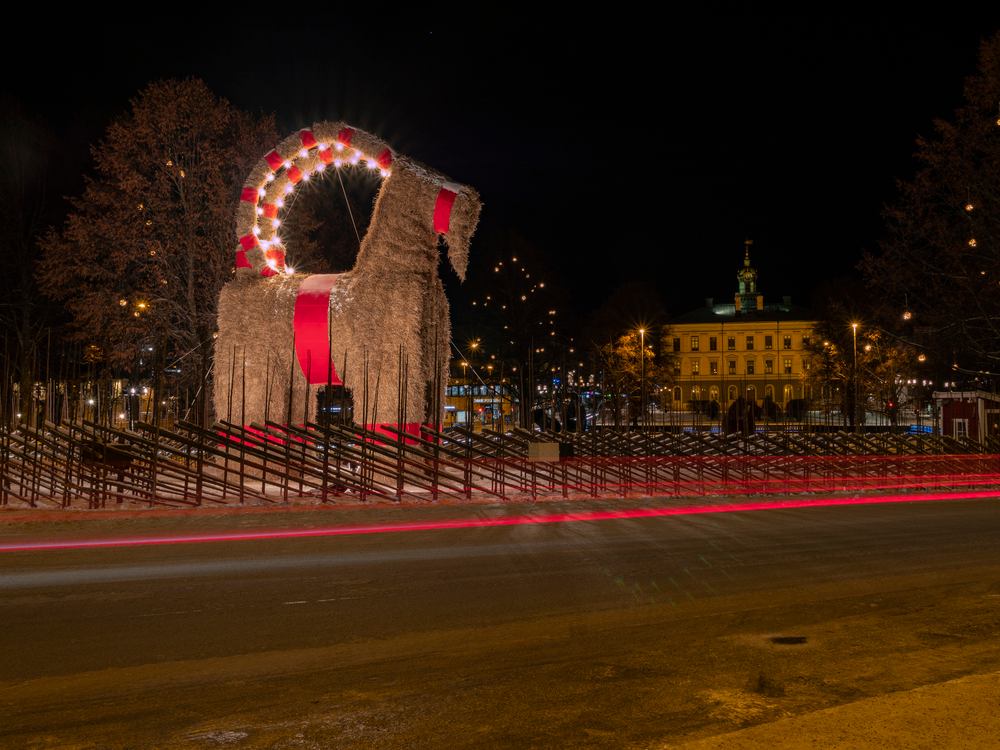
Gävle Goat standing defiantly. Source: Depositphotos
Yule goats are a beloved tradition in Sweden that you won’t find anywhere else. Made of straw, they are used to decorate the Christmas trees for good luck and protection, however, their origin likely dates back to Viking pagan times when goats were sacrificed to the god of harvest.
And then, there’s Gävle, a small city some 300 kilometres north of Stockholm, where the Yule Goat situation has been taken to its extreme. In 1966, the local council decided to erect a giant straw goat as a Christmas display. Some vandals, however, burned it down because – why not? And this whole thing turned into a war of wits and resistance and truly bizarre modern tradition.
Every year, the town council builds and places a giant straw Yule goat and invariably almost every year, someone tries to set it on fire, even though it’s considered a crime if caught – carrying a sentence of 3 months in prison.
Up to date, 38 out of 57 goats have been destroyed or damaged and in a way betting on whether the Gävle goat will survive Christmas has become a national obsession. So far, the current one, at the time of writing this is still standing, even if many birds have been pecking on it due to the seeds hidden in the straw. You can observe for yourself – there’s a 24-hour live webcam feed on YouTube.
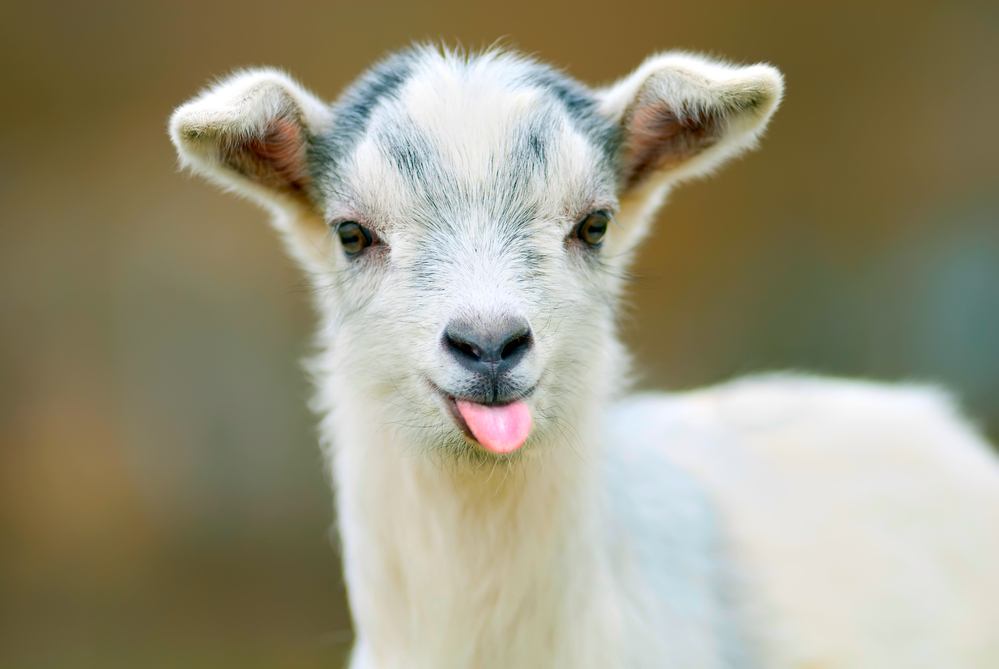
Goats are goofy, right? Source: Depositphotos
And speaking of goats and pagan-derived rituals. Christmas Eve (or New Year’s Eve alternatively) can be a bit of a spooky time if you find yourself on Romanian streets, you may encounter men dressed as goats (called Capra) accompanied by singers.
The traditional garments worn by the capra are brightly coloured with a wooden goat mask and sheepskin on the back. The men dance at every door and the folk belief goes that this will bring fortune and fertility to the household.
An honourable mention is also deserved by Austria, where Krampus, a demon-like creature, which – you guessed it – has goat horns and scares little children who have been behaving badly throughout the year.
Maybe it’s a good thing that nowadays reindeer are Xmas’ official horned animal.
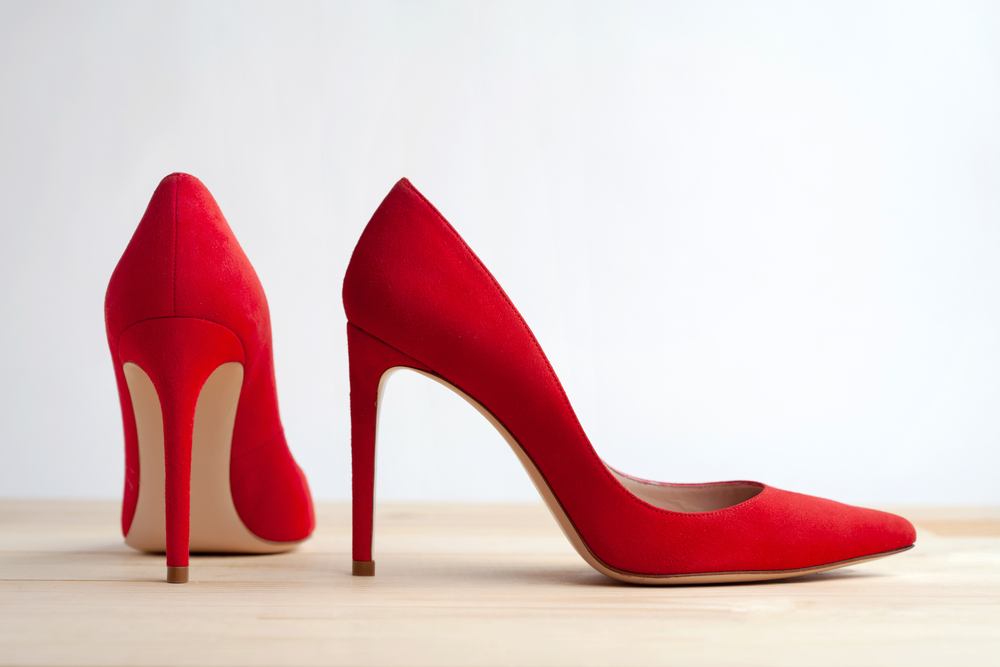
These red shoes are still Christmas-coloured. Source: Depositphotos
This sounds fun, quirky and totally non-Christmas-like behaviour, right? Well, it’s only reserved for the single ladies, though.
On Christmas Eve, the maidens stand with their back to a door and throw one of their shoes over their shoulder. If the shoe lands pointing with its front part towards the door then the girl will get married next year. And if its heel points to the door? Well, then at least saves you the trouble of making big elaborate wedding plans, freeing the woman to go somewhere on a vacation. She might even meet a nice man there and, who knows, the shoe may point the right direction next Christmas.
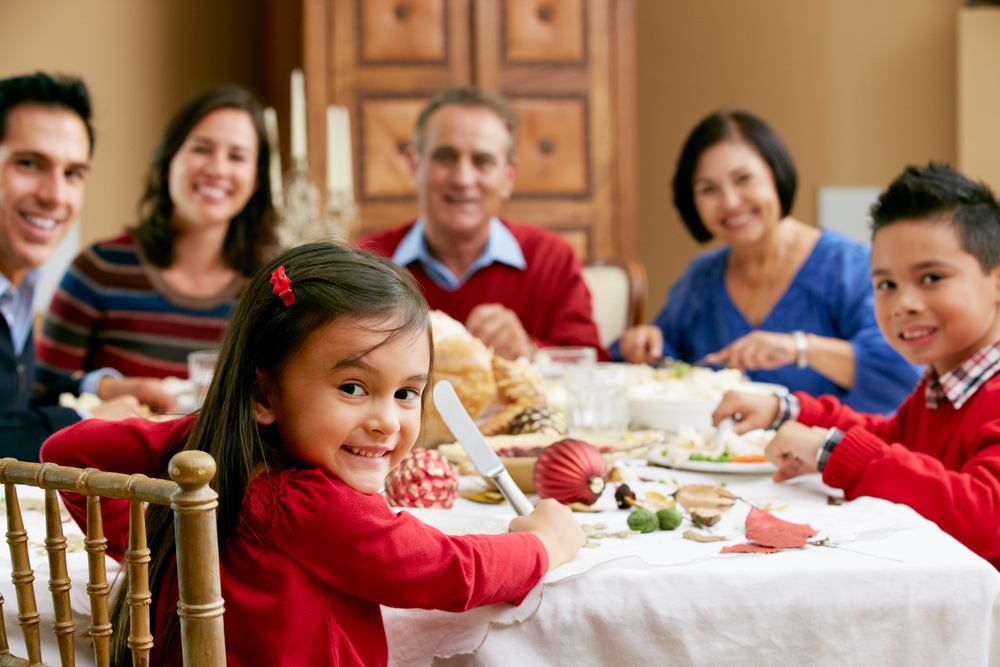
Family bonds stay strong in Portugal. Source: Depositphotos
It looks like the Portuguese never got the memo about All Saints’ Day. Or, maybe they are just people who really cherish and preserve their family ties. So much so that even after a person departs this life, their relatives will still set up a seat for them at the Christmas morning table and leave crumbs for them on the hearth. The practice is known as consoda.
That is such a nice feeling to know that you’ll still be included in the family atmosphere even after you’re gone. After all, as long as someone’s thinking about you, then you keep on living.
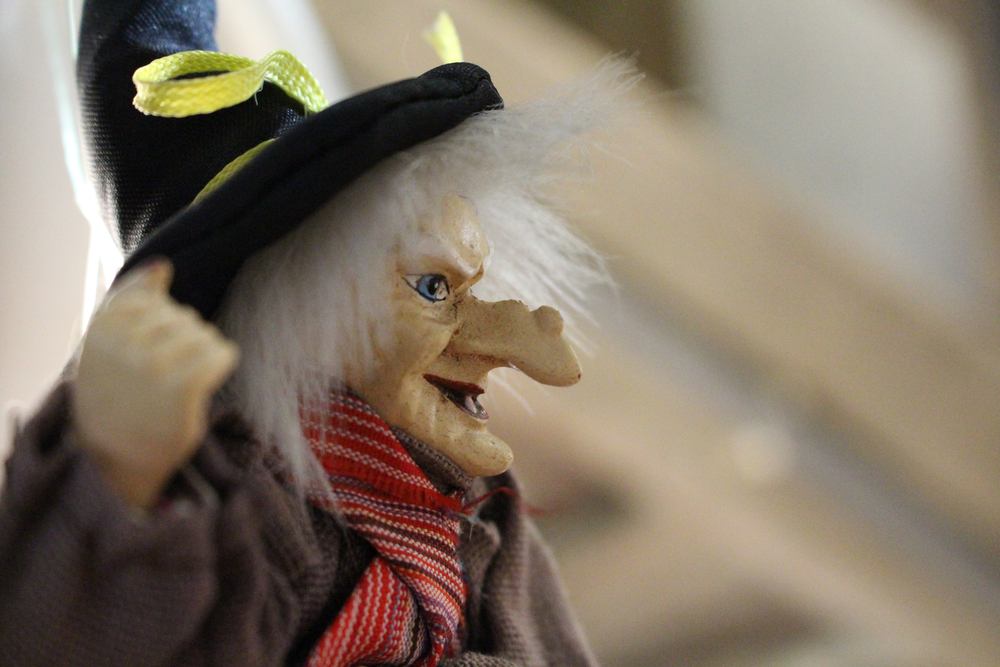
In Italy, an old woman is the Christmas protagonist. Source: Depositphotos
Before Santa Claus became a globalized phenomenon brought to us courtesy of an American beverage company, Italian children had a friendly witch called La Befana to look forward to, come Christmastime.
Some will say, “There you go, finally a more feminist take on Christmas”. While others will retort – “Well, yea, but a witch?”.
Actually, the La Befana visits on 5 January, on Epiphany Day’s Eve, and brings presents. That’s because the story goes that she turned down an invitation from the Three Wise Men to pay honours to Baby Jesus and has been regretting it ever since. That’s why, even if she’s late, she still comes with Christmas on her mind. Not bad, Italian kids, you figured out a way to have two Christmases!
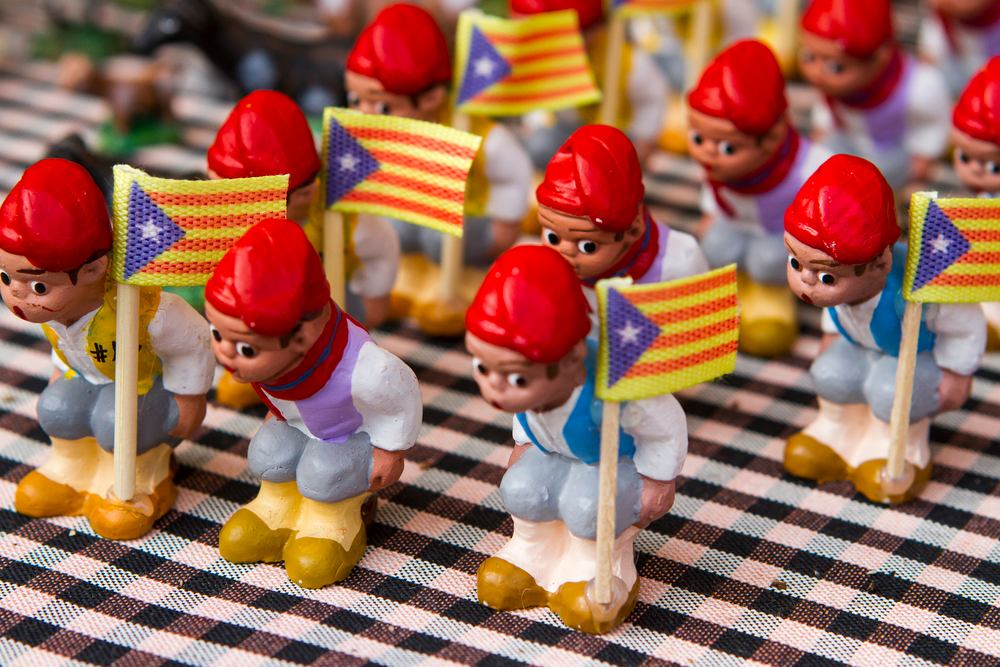
A Catalan way of saying Merry Christmas. Source: Depositphotos
And if you thought the above were strange Christmas customs – welcome to Catalonia where the official Christmas mascot is a man with pants pulled down to his knees and squatting for that number two. Luckily, it’s not an actual man of flesh and blood but a figurine that you can find in every home, but still, it’s as bizarre as it gets.
Called caganer (pooper), the figurines represent peasants dressed in traditional garb, which are inserted into the nativity scenes to keep company of Baby Jesus and his parents. The meaning of caganer has truly mystified anthropologists as no one can really define why it has arisen as a tradition, even though most agree that it must have started somewhere in the Baroque Age.
And if that wasn’t strange enough, Catalans have enough poop-related Christmas tradition – the placing of a wooden log (Tió de Nadal, or Christmas uncle), which gets ritualistically beaten by kids with a stick encouraging him to poop nuts and dry fruit.
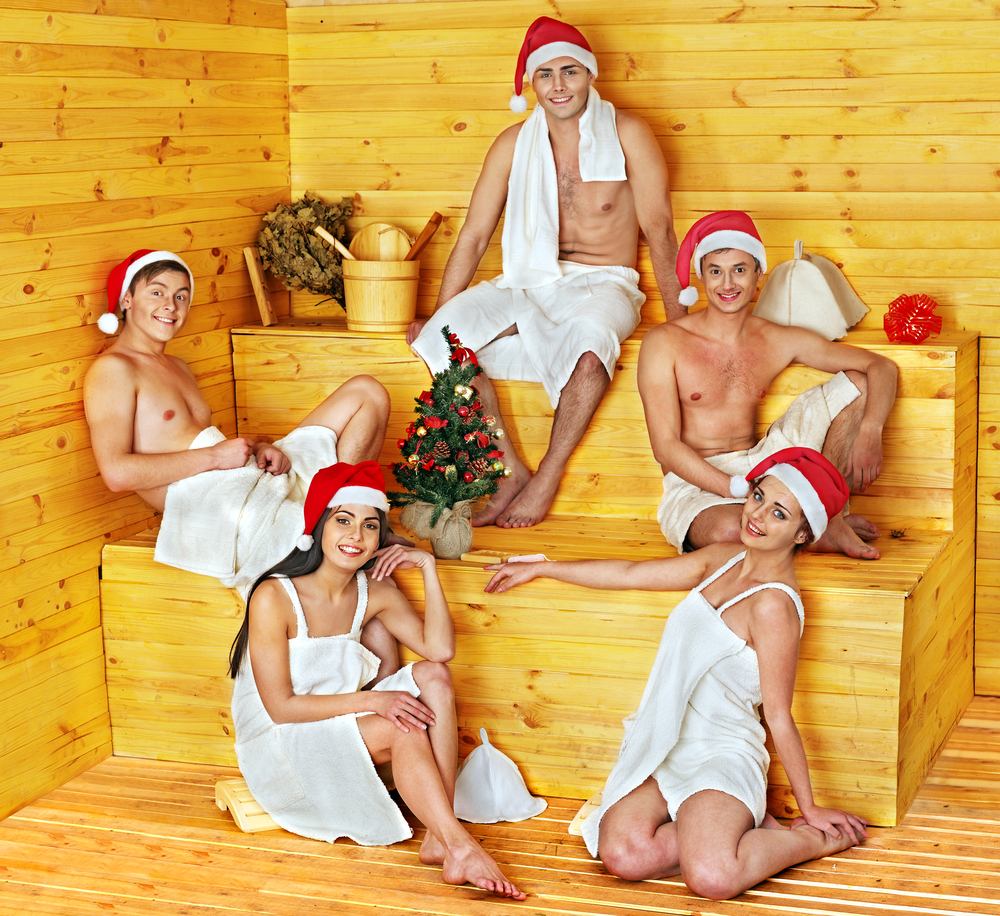
You wouldn't start the Christmas feast in Finland without a ritual dip in the sauna first.
Source: Depositphotos
And if the previous strange Christmas tradition left you feeling a bit messy then let’s jet off to the opposite corner of Europe - to Finland, where a nice session of a Christmas sauna will make you feel brand new again.
You might wonder what is so odd about taking a sauna in Finland where it’s a regular activity. Well, there it is considered an ancient family tradition to go together in the steam bath, connect with dead relatives spiritually and cleanse before the Christmas feast.

The underground rapid transit lines have been under construction for almost two decades due to various project delays

Now you can get your wine in Talence by paying directly in Bitcoin

That’s because the state has to spend money on updating the railway infrastructure rather than subsidizing the cost of the popular pass

Rethinking renewable energy sources for the urban landscape

The examples, compiled by Beyond Fossil Fuels, can inform and inspire communities and entrepreneurs that still feel trepidation at the prospect of energy transition

Now you can get your wine in Talence by paying directly in Bitcoin

The 10th European Conference on Sustainable Cities and Towns (ESCT) sets the stage for stronger cooperation between the EU, national and local level to fast track Europe's transition to climate neutrality.

At least, that’s the promise made by the mayor of Paris, Anne Hidalgo

The underground rapid transit lines have been under construction for almost two decades due to various project delays

At least, that’s the promise made by the mayor of Paris, Anne Hidalgo

Hostal de Pinós is located in the geographical centre of the autonomous region

Despite its church-y name, the district has long been known as the hangout spot for the artsy crowds

Urban dwellers across the EU are having a say in making their surroundings friendlier to people and the environment.

Forests in the EU can help green the European construction industry and bolster a continent-wide push for architectural improvements.

Apply by 10 November and do your part for the transformation of European public spaces

An interview with the Mayor of a Polish city that seeks to reinvent itself

An interview with the newly elected ICLEI President and Mayor of Malmö

A conversation with the Mayor of Lisbon about the spirit and dimensions of innovation present in the Portuguese capital














